June 3, 2025 | 15:13 GMT +7
June 3, 2025 | 15:13 GMT +7
Hotline: 0913.378.918
June 3, 2025 | 15:13 GMT +7
Hotline: 0913.378.918

Mr. Luong Hoang Thai, Director of Multilateral Trade Policy Department (MTPD), Ministry of Industry and Trade. Photo: Nguyen Thuy.
Speaking at a workshop themed "Evaluating the Advantages EVFTA, some other FTAs and Proposing Solutions" organized by the Ministry of Industry and Trade (MoIT) and the HCM City Center for International Integration Support held on November 25, Mr. Luong Hoang Thai, Director of the Multilateral Trade Policy Department (MTPD) under the MoIT, said among 15 "new-generation" free trade agreements (FTAs) that Vietnam is implementing, three are very important including CPTPP (Comprehensive and Progressive Agreement for Trans-Pacific Partnership), EVFTA (EU-Vietnam Free Trade Agreement) and UKVFTA (UK-Vietnam Free Trade Agreement).
Negotiations for these agreements have brought many beneficial results to Vietnamese people and businesses, creating spaces for Vietnamese enterprises to access and diversify export markets, avoiding over-dependence on East Asian markets.
In the past 3 years, the FTAs has helped rapidly increase the import and export turnover. For example, for the CPTPP Agreement, in the period of 2020 - 2021, exports to the markets of CPTPP countries continued to grow with export turnover in 2021 increasing by 18.1% compared to 2020. Meanwhile, in the EVFTA Agreement, the two-way trade turnover between Vietnam and the EU in 2021 increased by 14.5% compared to 2020.

Mr. Ngo Chung Khanh, Deputy Director of MTPD under the MoIT. Photo: Nguyen Thuy.
Mr. Ngo Chung Khanh, Deputy Director of the MTPD under the MoIT, assessed that when participating in FTAs, Vietnam has many great opportunities to export fresh and processed fruits, vegetables, seafood and rice to the EU. A survey conducted by VCCI shows businesses still face many obstacles in taking advantage of the FTAs. The biggest obstacle in 2022 is the instability of the world economy (46.76% of enterprises). The second is the competitiveness of enterprises (46.37%). The third is a lack of specific information on commitments and how to apply them relating to the FTA (40.08%). There are also still many shortcomings in implementing the FTAs, which are detrimental to businesses (28.24%). Business environment is not favorable (25%) and rules are set out for commodity preferential treatment (24.05%).
“In 2016, 73.13% of enterprises were concerned not meeting inquiries of commodity origin rules but by 2020 the figure was just only 26.62% and by 2022 it reduced to only 24.05%. This shows that the proportion of Vietnamese vegetables and fruits, rice, coffee and seafood products that meet inquiries in rules of origin is good," said Mr. Khanh.
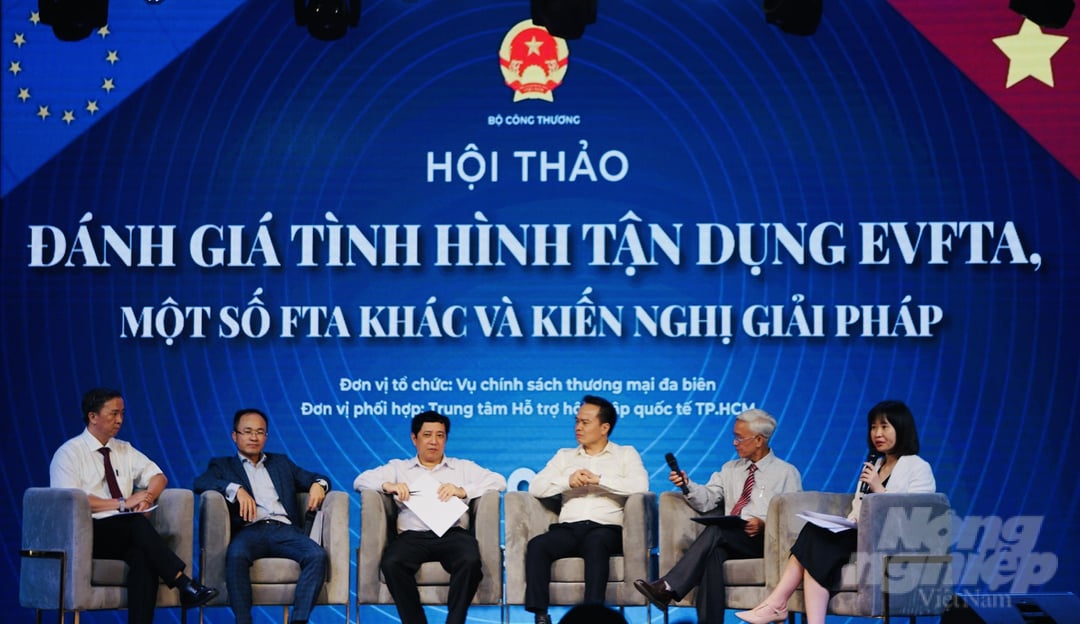
At a seminar to find solutions for improving the efficiency of taking advantage of FTAs. Photo: Nguyen Thuy.
Mr. Pham Dinh Thuong, General Director of the KTPC Free Trade Agreement and Investment Consulting Company, said that about 85.8% of businesses with FTAs said that FTA integration was positively affecting on their production and business activities (in 2016, it was 46.8%).
"The level of business understanding about FTAs has also increased... This is a positive signal showing interest creating a basis for businesses to make better use of these FTAs. However, it is still limited and differentiated among types of businesses. Level of understanding gradually decreases from FDI enterprises to domestic enterprises (mainly small and medium enterprises, with limited resources and capacity)", said Mr. Thuong.

Mr. Phan Minh Thong, Chairman of the Board of Directors of Phuc Sinh Group. Photo: T.H.
Mr. Phan Minh Thong, Chairman of the Board of Directors of Phuc Sinh Group, said that with its 6 factories, Phuc Sinh Group processes and exports about 60,000 tons of coffee and pepper every year. It also exports many other agricultural products such as chili, cinnamon and star anise.
“The EVFTA has brought great opportunities to agricultural exports in general and the pepper industry in particular. In 2020, the company's exports to the EU reached USD50 million. By 2021, the export turnover increased to USD63 million, up 26%. Since the EVFTA came into effect, it has helped increase the number and value of contracts, expand markets, find more customers, at the same time provide more opportunities for developing deep-processed products," said Thong.
Mr. Pham Thai Binh, General Director of Trung An Hi-tech Agriculture Joint Stock Company, said that the EVFTA has helped Vietnamese rice have a better position in the European market as well as spread to many others. “Previously, when FTAs were not signed, Vietnamese rice entered Europe bearing a very high export tax from 5% to 45% depending on the import country. Thus, it was very difficult for it to compete with others from countries such as Cambodia, Laos and Myanmar... As those countries were poor, they were offered tax-free status by the European Union, even though they do not have an Agreement. That means they were privileged... Since EVFTA was signed, Vietnamese enterprises, especially in the rice industry, have had a great opportunity to compete fairly and speedily with others," said Mr. Pham Thai Binh.
According to the General Director of Trung An Company (Can Tho), businesses must select products for export and build their own brands. For example, if they want to export to Europe, they need to have high-quality agricultural products. Europe is a fastidious market but belongs to a luxury segment.
To grasp opportunities and take full advantage of the FTAs, the MTPD Deputy Director said that in the coming time, the MoIT would continue to update information and renew the form of propaganda, focusing more on training, guiding businesses to take advantage of FTAs. At the same time, he said, it would promote solutions, implement credit accesses for businesses to take advantage of the FTA.Businesses need to cooperate in building a Vietnam brand, reduce outsourcing to increase the proportion of new generation FTA markets, increase the rate of taking advantage of more support and have more Vietnamese businesses to export to the FTA markets.
Translated by Linh Nguyen

(VAN) The U.S. is the largest market for Vietnamese cashew nuts. However, when exports to the U.S. encounter difficulties due to reciprocal tariffs, Vietnamese cashews still have many other potential markets.
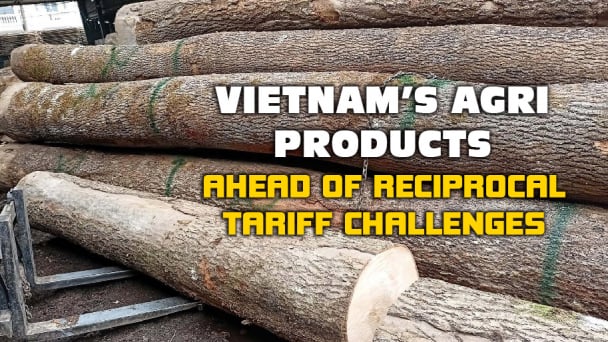
(VAN) Reciprocal tariffs present a significant obstacle to Vietnam's wood exports to the United States; however, domestic wood businesses are endeavoring to preserve their market share in this critical market.
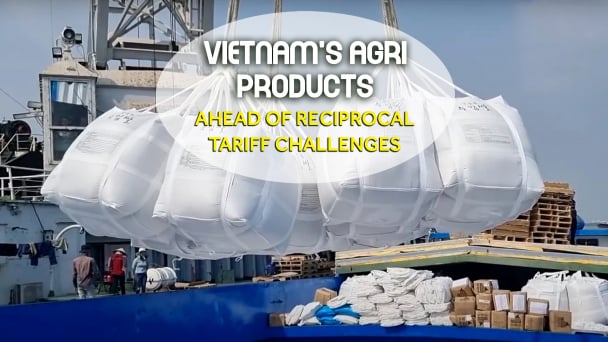
(VAN) Businesses in Vietnam are attempting to export rice to the United States ahead of the implementation of reciprocal tariffs, while remaining their optimism regarding this critical market.
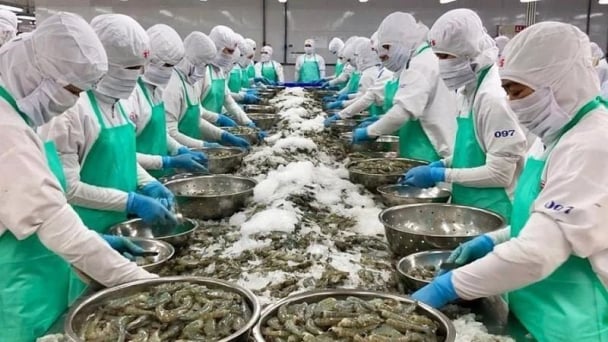
(VAN) From containers of cashew nuts, shrimp to in-depth technical dialogues, agricultural cooperation between Vietnam and the United States is entering a period of sustainable and two-way development.
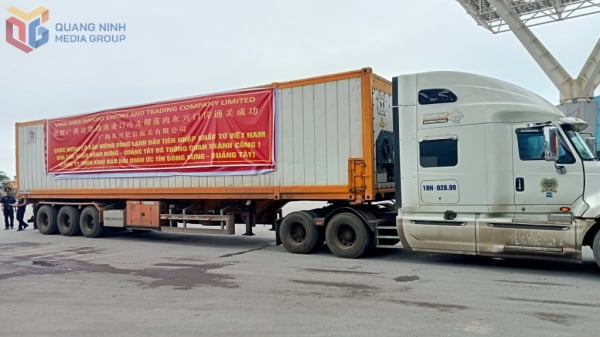
(VAN) After the talks on May 28, Vietnam successfully exported its first batch of frozen durians to China, marking a new milestone in agricultural trade cooperation between the two countries.
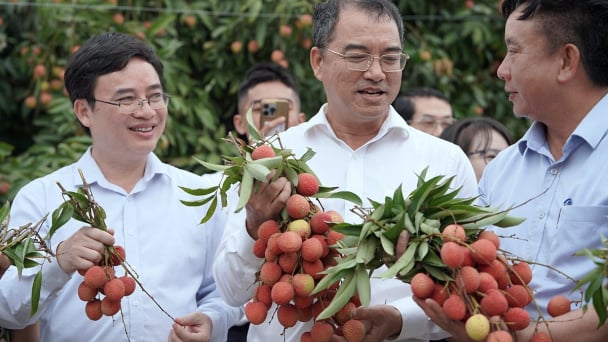
(VAN) Several major companies, such as Red Dragon and Ameii Vietnam, have signed purchasing agreements for the 2025 season, targeting markets including Japan, the United States, and the EU.
/2025/05/30/5010-5-173638_943.jpg)
(VAN) On May 29, at the GO! My Tho Trading Center, the Tien Giang Department of Industry and Trade, in collaboration with Central Retail Corporation, held the opening ceremony of the 3rd Fruit Festival 2025.